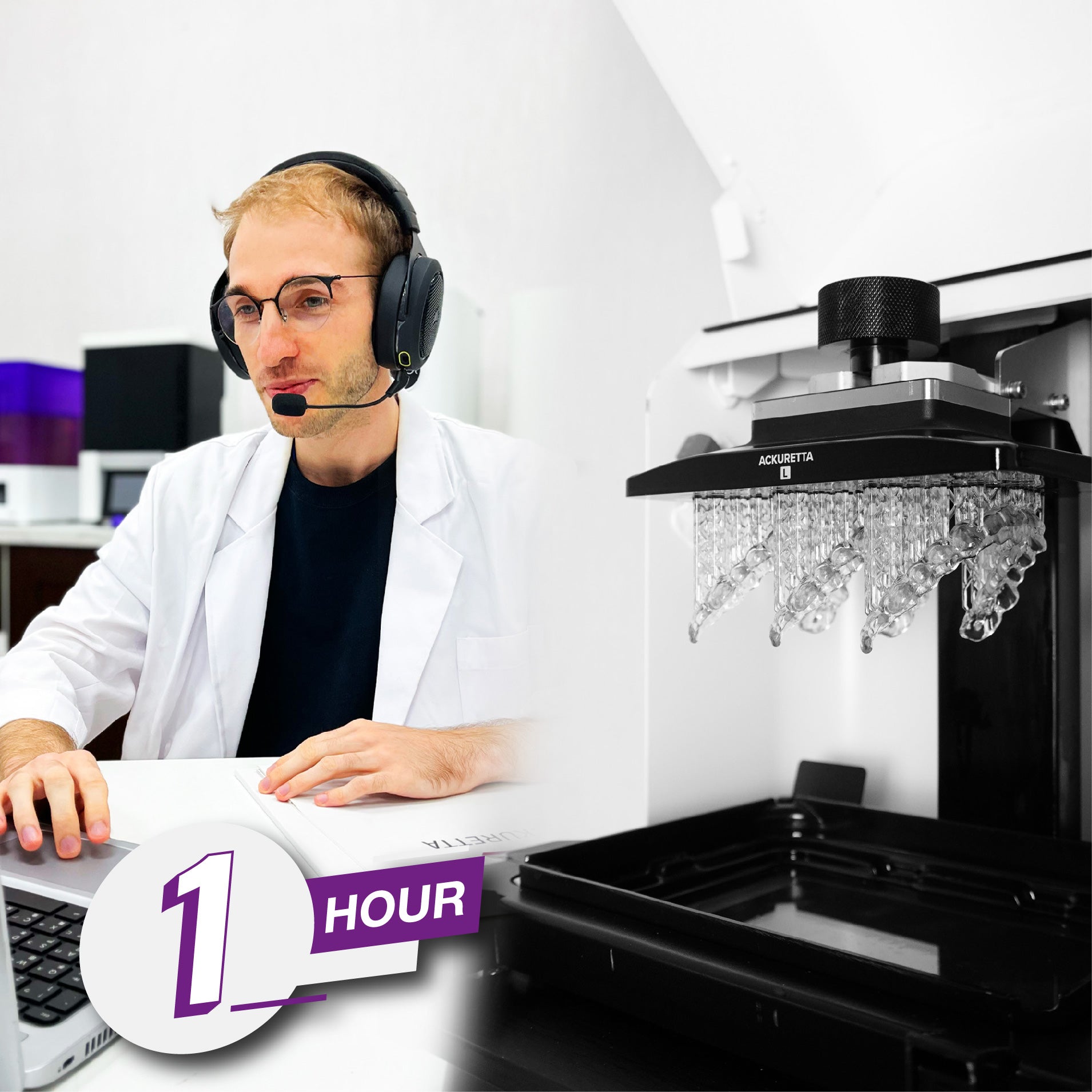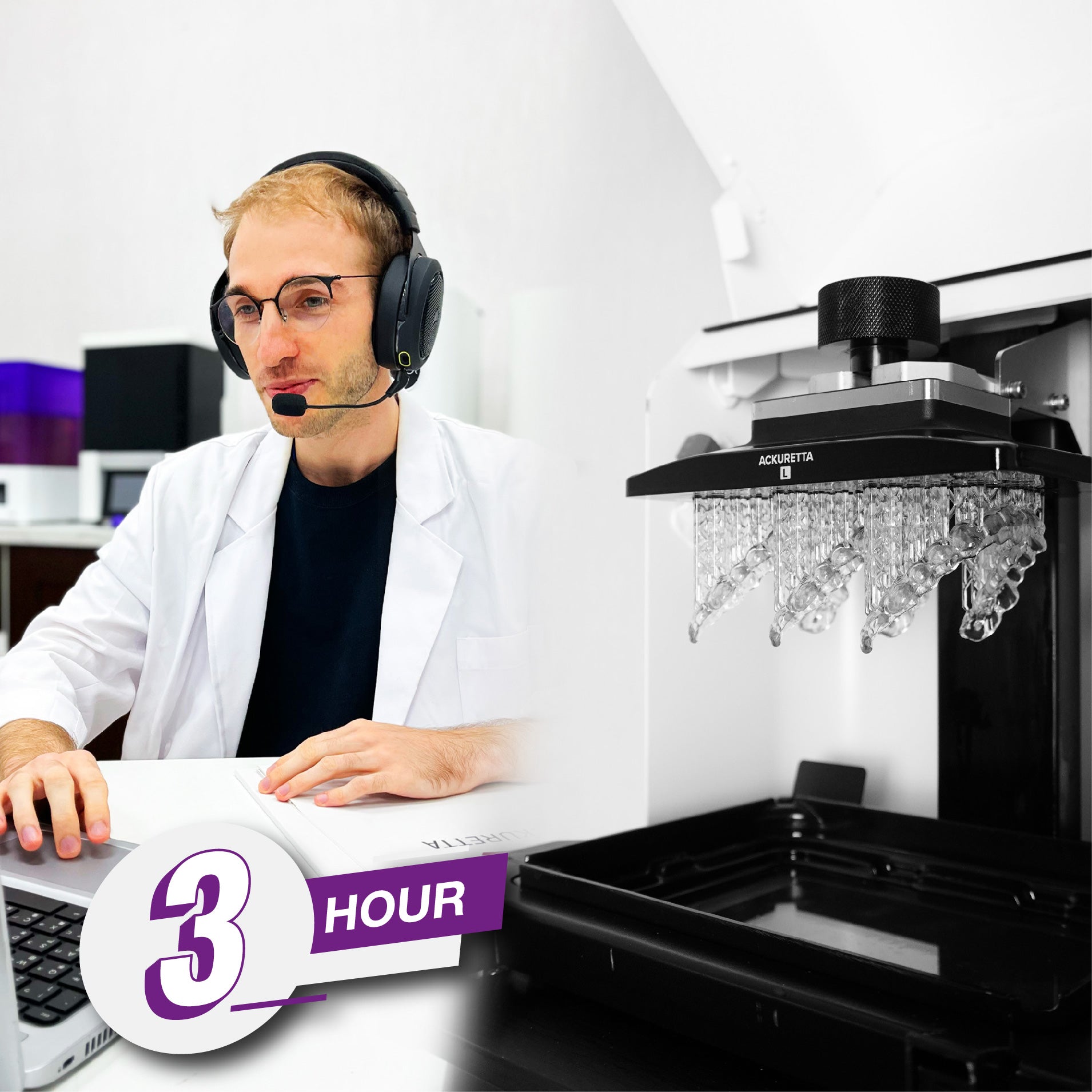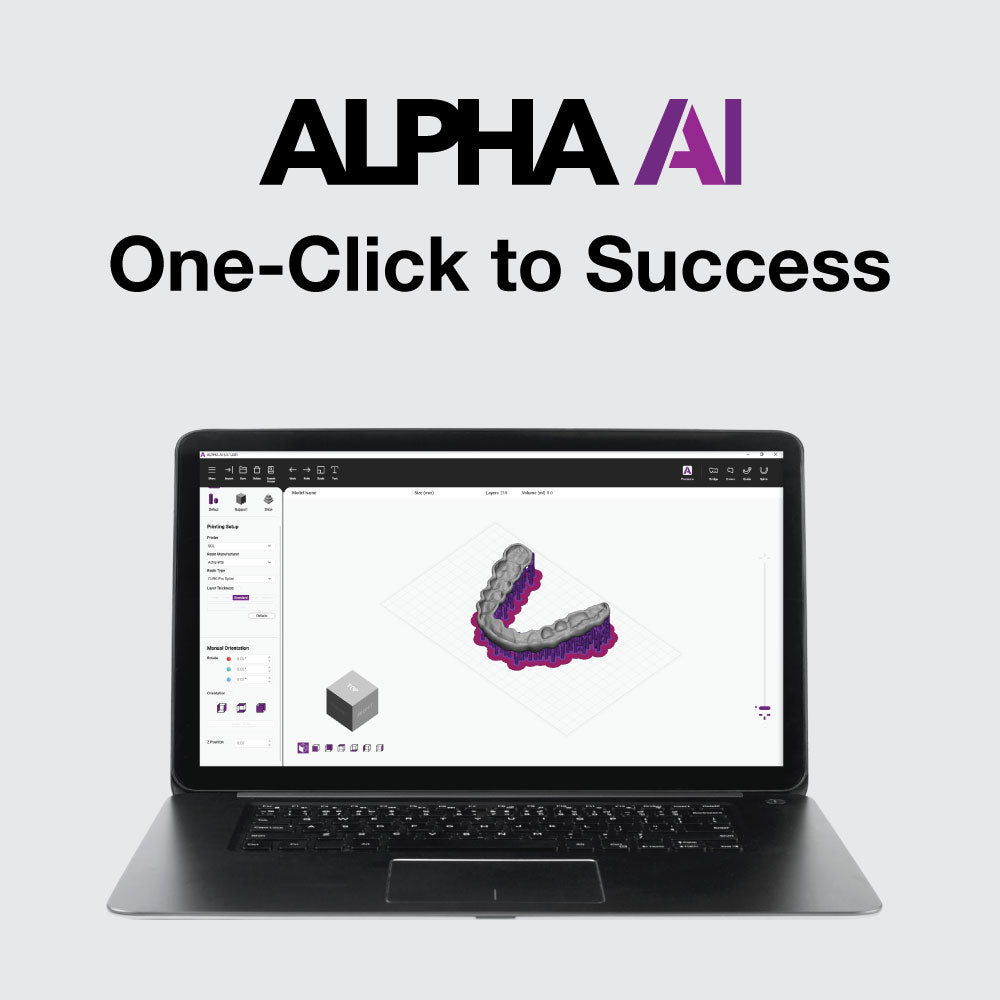Dr. Kelly Wang - Longwood Dental Interview
Our team recently sat down with Dr. Kelly Wang, the founder of Longwood Dental, a renowned English-speaking dental clinic located in North Taipei, Taiwan. Dr. Wang discussed digital dentistry, how she makes technology purchasing decisions, and working with labs.

Dental 3D Printing
What is your knowledge of and experience with 3D printing for dentistry workflows?
With esthetic dentistry, if a patient would like a nicer looking smile, we can do an intraoral scan of the patient's original teeth and send it to the lab to do a digital wax-up, which is a proposed plan of the desired teeth shape and form. The lab sends us back a 3D printed model of the new teeth and we can try that in the patient's mouth by way of mock-up. After the patient is satisfied with the proposed final result, we can then start to prepare the teeth for veneers or other types of prosthesis. With implant treatments, we can also do an intraoral scan of the patient's mouth with missing teeth and send out for a digital wax-up, then from the proposed position of the final tooth or teeth, we can place the implant virtually at the ideal position within the implant planning software. We can then design a surgical guide according to the planned implant position, and this guide is then 3D printed and used in the implant surgery to help us place the implants more accurately.
How do you make decisions to incorporate new types of technology?
If I see that there are reputable dentists who are using specific equipment that will usually catch my attention. I purchased an iTero intraoral scanner because I was familiar with it as that’s what we used at Harvard. I also take into account that there is newer technology coming out every year. It’s a little difficult to keep up because it’s quite a large expense – I have to consider aspects such as whether our other doctors will use the technology. That’s an important factor in making a purchase decision.
Customer service is a big thing for me when buying a new product because whenever you buy something you always need after-sales service. If something goes wrong, I need to be able to easily reach somebody who can quickly support the issue. Obviously cost and reliability is important as well. Reputation within the dental industry is important too.
What prevents you from adopting new technologies at your practice?
When I first opened the clinic we considered purchasing a 3D printer but we didn’t end up purchasing because we did not have enough space. Also, I know very little about 3D Printing so I would have had to learn everything. I have talked to other clinicians who don’t have time to learn either a new software or machine so usually they would outsource those parts to labs.
Chairside vs Lab-side
How do you currently interact with labs vs doing things in-house? What are some of the pros and cons?
We send things to the lab almost every day – different cases to different labs. Some labs are more expensive or take longer. If a patient cannot wait too long, we will send the request to a different lab. It doesn’t mean the other lab is not as good, just that the one selected may be quicker.
The turnaround time is usually one to three weeks, sometimes longer. If we could do things in-house, then obviously it would save a lot of time. The big thing is we would need a dental technician on site. For most clinics, clinicians simply don’t have enough time to do everything a lab does.


How has your experience with dental technology evolved?
I have noticed that on the lab side they have started using 3D printing technology. If we send a case out for a wax up, previously everything used to be done in real wax – but now the model will come back 3D printed. For auto implantation cases, 3D printing is used to better understand the shape of a wisdom tooth to a socket and prepare it prior to surgery.
We also have two guided surgery systems - the Navident dental impact navigation system and the Straumann guided surgery system which uses 3D printing. In the future we are going to look into another intraoral scanner with a smaller head.
The Future of Digital Dentistry
Where do you see digital dentistry in the future?
I believe digital dentistry will become more and more incorporated in the clinical workflow. Dentistry is evolving rapidly – we are incorporating more digital processes in treatment and planning. We also have a new generation of dentists who are more familiar with technology. I can see digital dentistry only becoming bigger.
___________________________
About Ackuretta
Ackuretta is a trusted manufacturer of high-precision 3D printing solutions for dental professionals. Our best-in-class turnkey solutions bring the transformative potential of same-day dentistry to clinicians and lab technicians.
Ackuretta’s 3D Printing Solution is a reliable, accurate and validated system that promises intuitive workflows, outstanding customer support, and streamlined operations.
___________________________
Dr. Kelly Wang has an undergraduate degree in Cellular and Molecular Biology from Johns Hopkins University, and a postgraduate degree from the University of Sydney. She completed an Esthetic Dentistry fellowship at New York University College of Dentistry, and subsequently, a Master of Medical Sciences in Oral Biology and Certificate in Implant Dentistry at Harvard School of Dental Medicine.
Dr. Wang is the owner of Longwood Dental - a specialist group practice in Taipei, Taiwan that covers all aspects of dentistry. At the practice, she has incorporated digital dentistry in the field of orthodontics, prosthodontics, implant dentistry, and endodontics.
























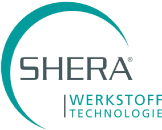








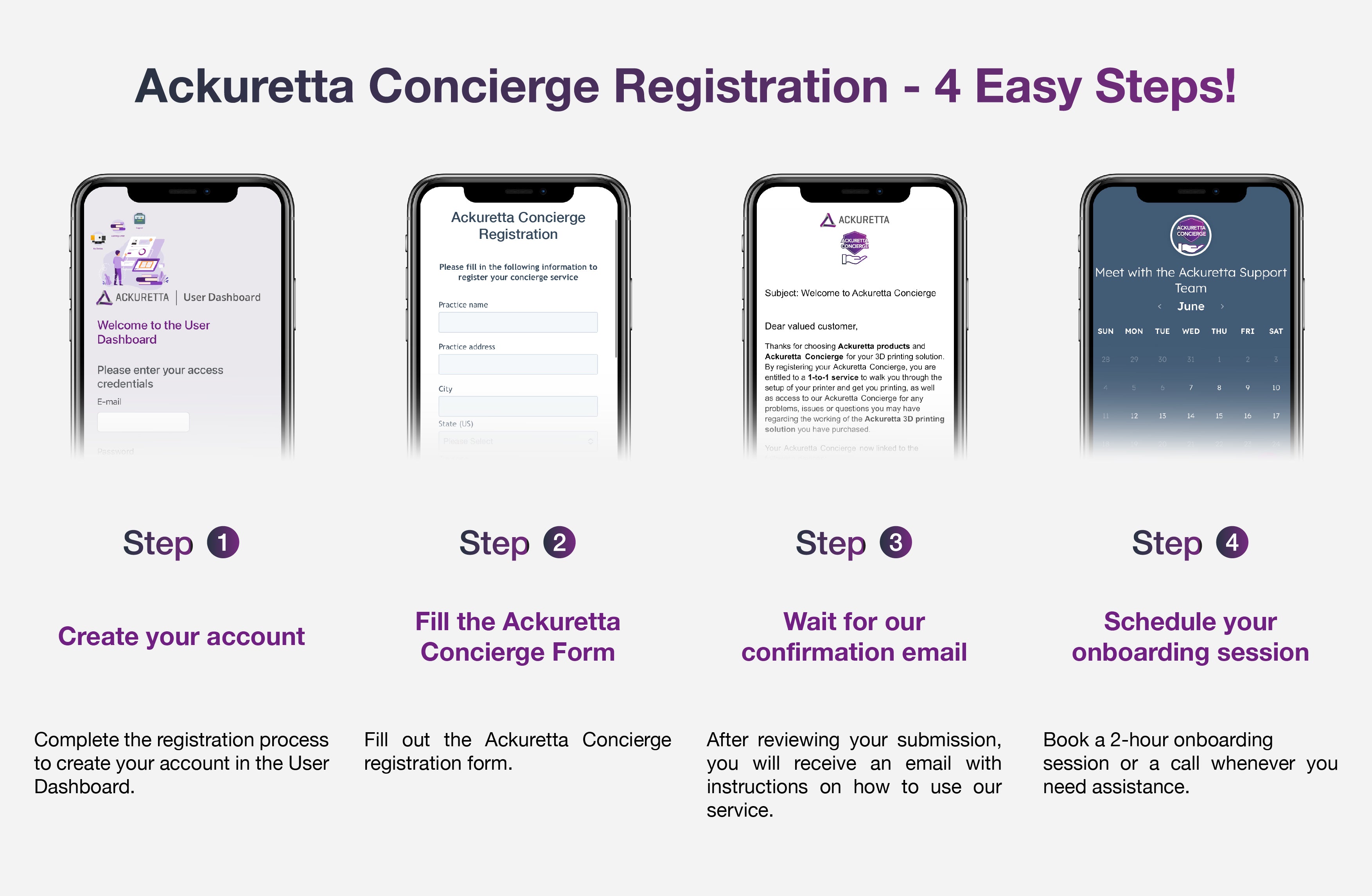






























 Loading ...
Loading ...


